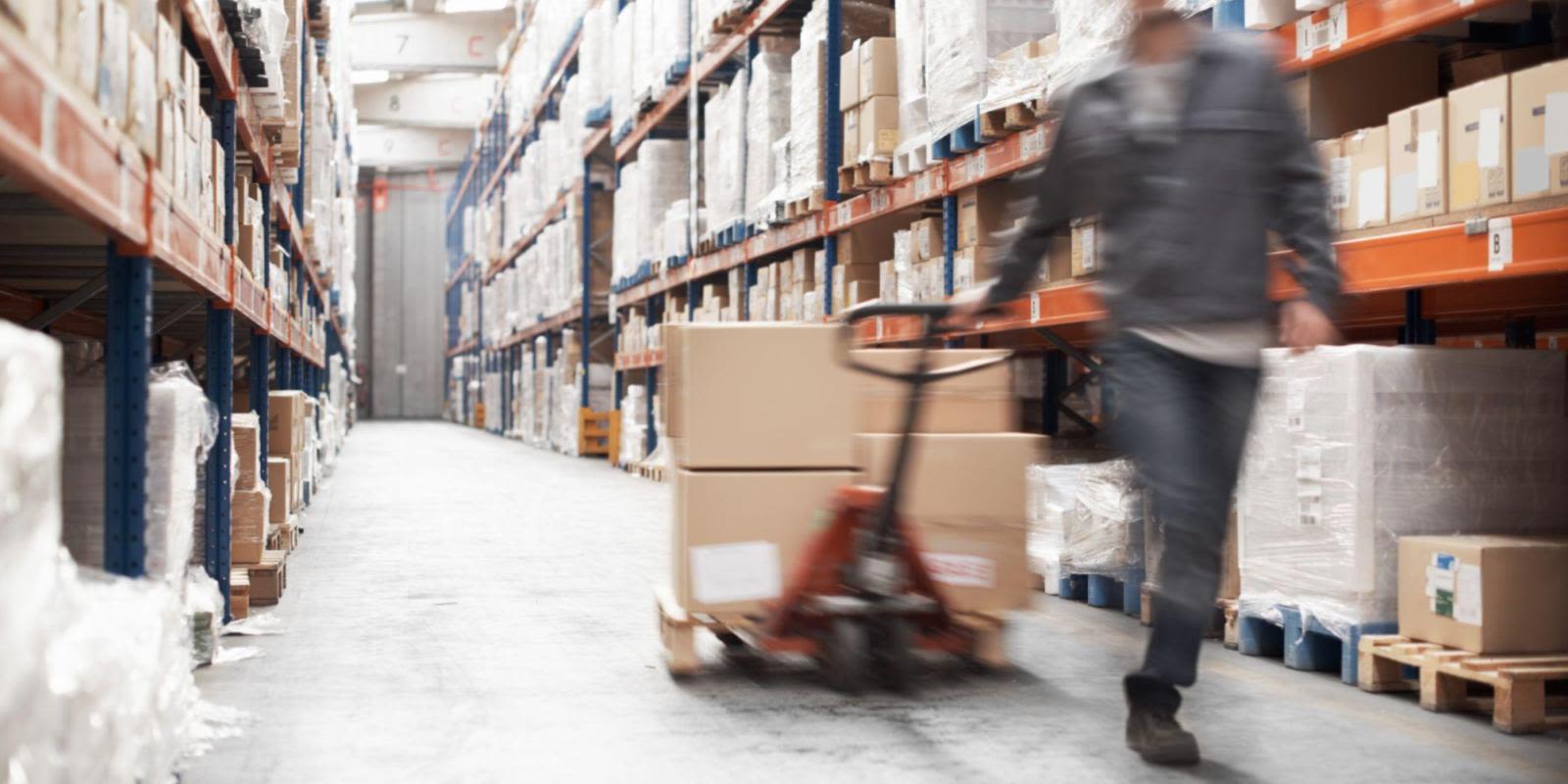
December 30, 2021
Is Your Warehouse OK? Depends on How They Collaborate
Tags:
Is Your Warehouse OK? Depends on How They Collaborate

December 30, 2021
“This job wasn’t easy before Covid,” says Brian Green, Warehouse Operations Manager at Flexport’s Los Angeles warehouse. “Now, it’s like feeding a vacuum or jumping onto a moving train.”
Green is talking about the extraordinary pace at any warehouse these days. But, while some warehouses are madhouses, Green is optimistic about productivity next year.
“Supply chains have evolved, so we have a new standard for what we consider normal,” he explains. “In 2021, we established a culture of collaboration to keep things moving. In 2022, we’ll keep that culture alive by emphasizing teamwork and technology.”
His take is in stark contrast with the usual warehouse tales—the ones about totally understandable meltdowns in sweatshop-like conditions. That’s not what this is. This is a story of resilience.
Lost Shifts to Culture Shift
Green works on-site at Flexport’s LA warehouse with around 100 other staff. The warehouse is approximately 125,000 square feet.
That’s not huge, compared to the multi-million square feet of big-box brand warehouses. Instead, it’s designed for newer distribution models that support closer inventory control across specific points in a broader geographic range.
Warehouses this size help satisfy the ever-faster delivery expectations that grow alongside the tidal wave of ecommerce. The pressure is always on to keep inventory on the go.
But if we were to apply Los Angeles County public data, we could surmise that the warehouse may have lost around 170 work days to Covid.
So, in that way, it is the same ol’ story: Pandemic-related demand drives up the need for labor, just as labor resources fall short due to the pandemic.
Green contends the LA warehouse’s response to this new paradigm is the differentiator.
“When we had staffing issues, those of us still at work banded together intensely. We’re a 24-hour warehouse most days, so backlogs can grow quickly. We’re always inching to bring more in, which means getting more out first. We knew there would be additional scrutiny on our productivity.”
This is when a culture of greater collaboration emerged. Green and his team focused on handling cargo with more speed, knocking out issues that slowed down their processes even incrementally.
Each team member had to adapt to a higher volume than they had ever experienced before.
Consequently, as 2021 tapers off, the LA warehouse cleared its backlog. It’s not idle, like some port terminals have been, jammed up by a lack of equipment downstream.
They actually processed the overflow of containers.
Seeing More to Keep Moving
If this sounds superhuman, well—it is, a little bit. There’s no overstating how hard warehouse crews everywhere have had to work these past two years.
What they can achieve with their additional efforts varies, though.
“Visibility technology is essential,” affirms Green. “Warehouses generally handle containers using a first-in, first-out approach. At Flexport, visibility allows us to align with issues like trucking availability or priority cargo. It helps minimize exceptions across the entire supply chain.”
Warehouse apps do more than keep supply chain dates on track. They can help warehouses make decisions, like when to keep doors open longer to receive goods in periods of high congestion.
In some cases, end-to-end visibility can help limit detention and demurrage costs to shippers, because truckers can schedule port pickups to match warehouse availability and see when empty containers are ready for return.
With warehouse stress at all-time highs, Green admits he’s drinking more coffee than usual, but the tech connectivity outpaces the caffeine.
“This year definitely tested us,” he shares. “Our stamina and our endurance have gone up, and the layer of technology allows us to extend our capabilities to meet demand.”
Learn more about how connectivity can drive supply chains end to end. Join the waitlist for Flexport Visibility.
About the Author

December 30, 2021


